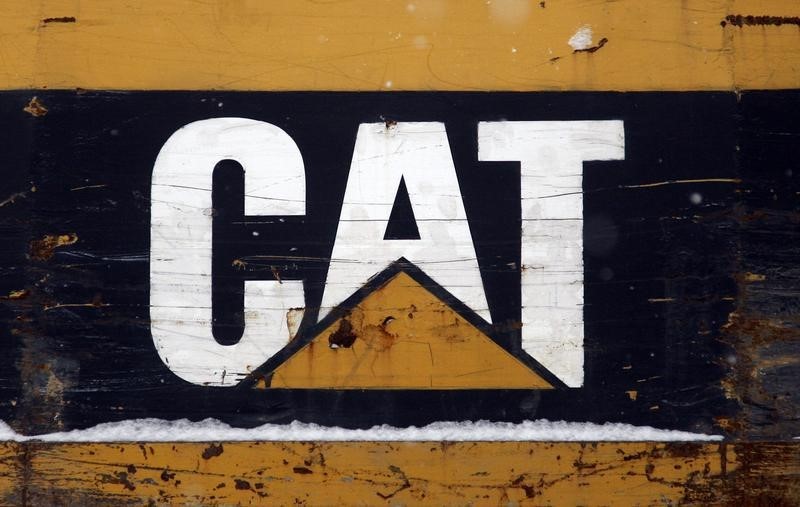This post was originally published on this site
https://i-invdn-com.investing.com/trkd-images/LYNXMPEJ71056_L.jpg
A continued rebound has been limited to a handful of sectors such as dining and luxury goods, driving double-digit China sales growth for the likes of Starbucks (NASDAQ:SBUX) and LVMH (EPA:LVMH).
But even those bellwethers have stopped short of raising their China outlook, wary of lacklustre economic data, while consumer goods firms such as Procter & Gamble (NYSE:PG), L’Oréal (EPA:OREP) and Coca-Cola (NYSE:KO) have taken a cautious stance.
“What we’re seeing is a very cautious consumer in China, a declining property market and reduced export demand,” Unilever finance chief Graeme Pitkethly told an April-June earnings call last week.
“And there is high unemployment in China, particularly youth unemployment… As much as we can tell we’re at the historical low point in terms of Chinese consumer confidence.”
Global automakers are also having to contend with increased competition from domestic rivals, which for the first time took a more than 50% share of the market in the first half of 2023. Volkswagen (ETR:VOWG_p) cut its full-year sales target last week due to a sales dip in China, its top market.
“Unfortunately, our (China) sales outlook is now falling far below our production capacity,” Nissan CEO Makoto Uchida said last week. Earnings recovery in the world’s biggest auto market will likely take time, he said.
FALLING SHORT
In technology, chipmakers such as Samsung (KS:005930) and SK Hynix (KS:000660) said China’s reopening after lengthy virus-busting lockdown measures had failed to spark a revival in the smartphone market, and that they were extending production cuts of NAND memory chips used in handsets to store data.
Even Apple (NASDAQ:AAPL), which reports earnings on Thursday, is likely to post flat iPhone sales in its third-largest market – though better than the 2.1% contraction researcher IDC estimated for China’s overall smartphone market in April-June.
Top miners and heavy machinery makers have also taken a hit from a prolonged property sector slump.
“We mentioned during our last earnings call that we expected sales in China to be below the typical 5% to 10% of our enterprise sales. We now expect further weakness as the 10-ton-and-above excavator industry has declined even more than we anticipated,” Caterpillar CEO Jim Umpleby told an earnings call on Tuesday.
Still, Rio Tinto (LON:RIO), the world’s biggest iron ore producer, is cautiously optimistic on China’s economy as the government has pledged more policies to boost growth.
“Our experience with China is that if things are going less well, then the Chinese have a quite impressive ability to also manage the economy,” Rio Tinto CEO Jacob Stausholm said after reporting earnings last week.
BRIGHT SPOTS
Eateries and luxury goods makers have been among few economic bright spots for consumers splurging following the lifting of COVID-19 restrictions on movement.
Starbucks reported a 46% surge in comparable China sales last quarter – a rebound in line with its expectations and which is likely to last, company officials told investors in a call on Tuesday.
Yum China (NYSE:YUMC), owner of the KFC and Pizza Hut chains in mainland China, reported a 25% rise in second-quarter revenue as traffic returned, though said spending per person decreased with consumers becoming more “rational” in their outlay.
LVMH, whose 75 brands include Louis Vuitton and U.S. jeweller Tiffany, reported a better-than-expected 17% rise in global second-quarter sales due to rebound in China, but refrained from giving an outlook for the rest of the year.
“The global mood is not one of revenge buying like we saw in 2021 and 2022,” LVMH finance chief Jean-Jacques Guiony said last week.
“We have no visibility, (but) we are not pessimistic and don’t have a reason to be (pessimistic) in China.”

